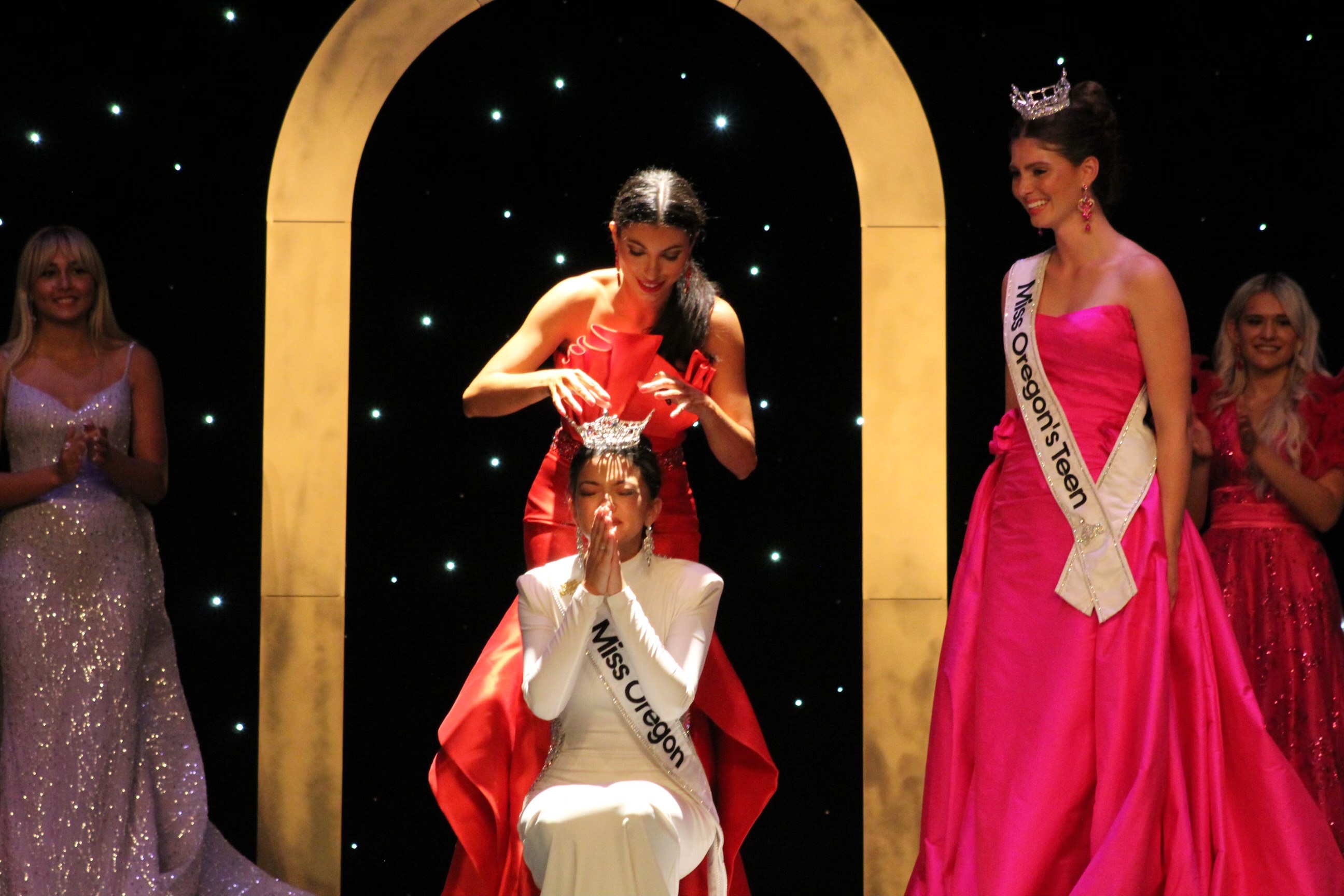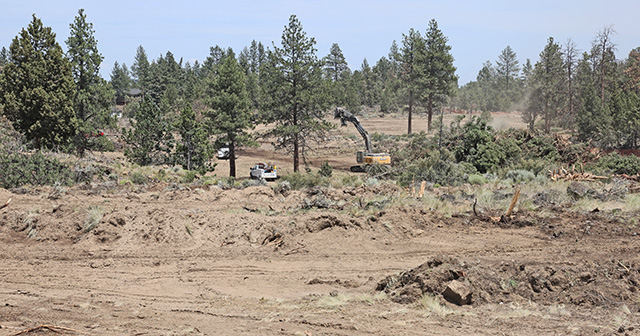Barkless patches on tree trunks could indicate woodpeckers
Published 12:00 am Wednesday, June 18, 2014

- Courtesy Damian Fagan / Submitted photoBlack-backed woodpecker
Black-backed woodpecker
Scientific name: Picoides arcticus
Characteristics: These woodpeckers average 9-10 inches in length, have bluish-black backs and black barring on their white undersides. The black head has a broad white “mustache” stripe and a thin, white eyebrow stripe. Males have a yellow crown; the females lack this crown patch. The birds have only three toes. In flight, the dark wings have white spotting.
Nesting: The male and female excavate a nest cavity often in a snag. The cavity is lined with wood chips, and the adults alternate incubating the young for about two weeks. Young fledge around 25 days old.
Range: Breeds in pine forests in the Northwest, Alaska and in the boreal forests of Canada and parts of the northern U.S.
Habitat: Found in mid- to high elevation coniferous forests, especially ones that have recently burned.
Food: Strips bark from trees and probes areas in search of wood-boring or bark beetle larvae. Females tend to forage higher on the trunks than the males.
Comments: Black-backs are closely tied to recently burned forests. They prey upon outbreaks of wood-boring beetle larvae living beneath the tree bark. These woodpeckers strip the bark from the trees in search of the larvae; finding clean patches amongst the charred bark is a sign these woodpeckers are active in the area. These birds are often observed climbing or descending a tree trunk. The lack of a fourth toe limits their ability to perch like other birds. Arcticus means “of the Arctic” referring to the distribution of these woodpeckers. The bird’s drumming is long and accelerates at the end. A group of woodpeckers is known as a “descent.”
Current viewing: Burned over forests throughout the Deschutes and Ochoco National Forests; a target species of the Dean Hale Woodpecker Festival in Sisters (June 26-29).
— Damian Fagan is a COCC Community Learning instructor and volunteer with the East Cascades Audubon Society. He can be reached at damian.fagan@hotmail.com.
Sources: “The Audubon Society Encyclopedia of North American Birds” by John Terres, Cornell Lab of Ornithology’s www.allaboutbirds.org and “Birds of Oregon” by Burrows and Gilligan







